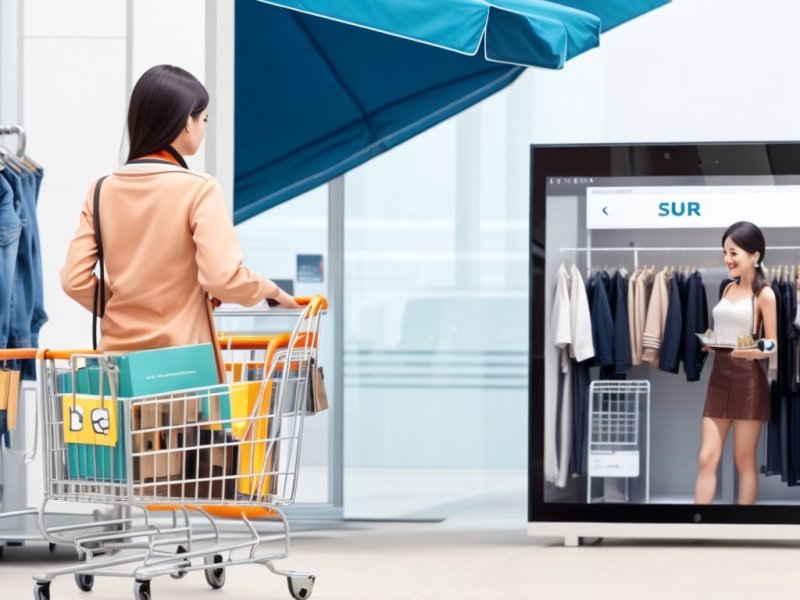
Introduction:
The rise of e-commerce has revolutionized the way we shop, altering the traditional retail landscape in profound ways. Online shopping has become increasingly popular due to its convenience, accessibility, and extensive product variety. As a result, traditional commercial retail stores have faced both challenges and opportunities in adapting to this digital revolution. In this blog post, we will explore the impact of e-commerce on traditional commercial retail and discuss how retailers can navigate these changes to thrive in the evolving marketplace.
1. Changing Consumer Behavior:
E-commerce has significantly influenced consumer behavior, with a growing number of people opting for online shopping over visiting physical stores. The convenience of browsing and purchasing products from the comfort of their homes, the ability to compare prices and read customer reviews, and the option of doorstep delivery have all contributed to the popularity of e-commerce. This shift in consumer behavior has compelled traditional retailers to reconsider their strategies and adapt to the changing demands of their customers.
2. Competitive Pressure:
E-commerce platforms have opened up a global marketplace where retailers can compete with both local and international players. The fierce competition and the ability to offer competitive prices have put pressure on traditional retailers to rethink their pricing models and find unique value propositions to attract customers. Additionally, online retailers can utilize data analytics and personalized marketing techniques to target specific customer segments, which further challenges traditional retailers' ability to reach and engage their customers effectively.
3. Evolution of the Shopping Experience:
One of the significant advantages e-commerce has brought is the transformation of the shopping experience. Online retailers have leveraged technology to create personalized experiences, from tailored product recommendations based on customer preferences to interactive virtual shopping assistants. Traditional retailers need to embrace technology to enhance their in-store experiences and create seamless omnichannel experiences that bridge the gap between online and offline shopping. Incorporating features such as click-and-collect services, augmented reality displays, and interactive digital signage can help retailers stay relevant and meet the evolving expectations of tech-savvy consumers.
4. Supply Chain and Logistics:
E-commerce has reshaped the supply chain and logistics processes. Online retailers have invested in efficient warehousing, automated inventory management systems, and streamlined delivery networks to ensure fast and reliable order fulfillment. In contrast, traditional retailers often face challenges in optimizing their supply chains to match the speed and efficiency of e-commerce operations. To compete effectively, traditional retailers must invest in digitizing their supply chains, embracing technologies such as RFID tracking, inventory management systems, and last-mile delivery solutions to offer seamless and efficient services to their customers.
5. Collaboration and Partnerships:
To adapt to the changing retail landscape, traditional retailers can explore collaborations and partnerships with e-commerce platforms. This can enable them to leverage the e-commerce infrastructure, expand their customer reach, and tap into the digital marketing expertise of online retailers. Collaborative initiatives like click-and-collect services, where customers can order online and pick up in-store, can serve as a bridge between the online and offline worlds, providing a convenient shopping experience for customers while driving foot traffic to physical stores.
Conclusion:
The impact of e-commerce on traditional commercial retail is undeniable. It has transformed consumer behavior, intensified competition, and reshaped the shopping experience. However, traditional retailers can thrive in this evolving landscape by embracing technology, enhancing their in-store experiences, optimizing their supply chains, and exploring collaborative opportunities. By understanding the changing dynamics of the retail industry and adapting their strategies accordingly, traditional retailers can not only survive but also succeed in the digital age.
Share This News